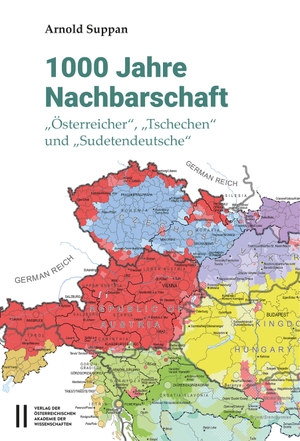Für statistische Zwecke und um bestmögliche Funktionalität zu bieten, speichert diese Website Cookies auf Ihrem Gerät. Das Speichern von Cookies kann in den Browser-Einstellungen deaktiviert werden. Wenn Sie die Website weiter nutzen, stimmen Sie der Verwendung von Cookies zu.
Cookie akzeptieren
- Verlag D.Oesterreichische
- 2023
- Taschenbuch
- 987 Seiten
- ISBN 9783700192565
As neighbors since the ninth century, the German and Czech inhabitants of the Austrian and Bohemian Lands have experienced substantial political, economic, social, and cultural changes. In the Holy Roman Empire, Premyslides, Babenbergs, Habsburgs, and Luxembourgs founded abbeys and towns and promoted settlement based on German law. In 1526, Ferdinand I began common Habsburg rule. Under his successors, confessional conflict erupted in the Thirty Years' War. The Peace of Westphalia allowed absolute control of the realm but not the Holy Roman Empire until victory over the Ottomans. Reforms under Maria Theresa and Joseph II brought modernization. After the Congress of Vienna, ethnic nationalism increased, leading to Czech-German national conflict in the Bohemian Lands. Still, Austria-Hungary experienced economic, technological, educational, and cultural quantum leaps under Emperor Francis Joseph I until it disintegrated in WW I, a fate sealed by the unbalanced Treaties of Saint- Germain (1919) and Trianon (1920). Hitler's policy of aggression, the forced "Anschluss" of Austria, the Munich Agreement, and the creation of the Protectorate of Bohemia and Moravia pitted Austrian, Czech, and Sudeten-German societies against each other and annihilated the Jews. In 1945/46, the BeneS Decrees forced the
Mehr
Weniger
zzgl. Versand
Auf Lager